Hello again to one and all and welcome to what is, remarkably, the seventh post in relation to my November 2013 short break to Madrid. So far I have only written about one evening and two full days, I really must learn to be more concise but I do rather enjoy regaling you with useless trivia and various off-piste digressions.
I’ll start off with my usual advice that if you have arrived on this page other than having read the preceeding ones, it may be helpful XXXX to start here as it will explain my presence in the Spanish capital.
As always, if you want to read more then pressing the “read more” button might be the obvious thing to do!
I awoke none too early on the morning of Thursday, 28th November, 2013 having slept like a baby after the exertions of the previous day. I have often wondered about that expression. Does sleeping like a baby mean waking up every two hours screaming and having soiled yourself? Who knows? My late rising did not matter because as usual I had no real plans. I thought I would head into the centre of Madrid and just see what the day brought.
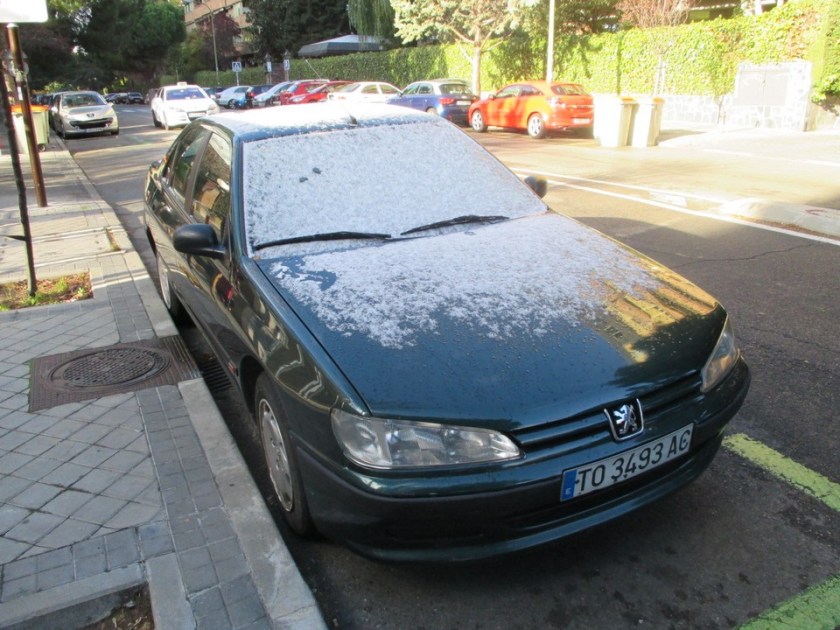
I have mentioned that it was fairly cold in Madrid in November although thankfully gloriously sunny and this first image demonstrates that. Just a few yards from the hotel I saw a car with a light covering of snow on it. I suspect it must have driven in from outside town as there was no other evidence of it having snowed here the previous night but it gives you an idea. The cold doesn’t bother me as long as it is not wet as well.

I jumped on the Metro, which I must say I found to be extremely user-friendly and headed off towards the centre. It was only once I was on the Metro that I remembered the Naval Museum I had seen the previous day so that was the beginnings of a plan. I was still blissfully unaware I had missed the National Army Museum in Toledo the day before but the thought of a military museum today pleased me.

On the way I stopped at the excellent Tourist Information kiosk where I somewhat belatedly acquired a free city map. This was my last full day in the city as I was on an afternoon flight back to London the next day. This kiosk, one of five dotted around the city, is at the Northern end of the Paseo del Prado. It is open 0930 – 2030 daily.

I didn’t need the map to find the Naval Museum as it is a couple of hundred yards down the Paseo on the left and off I went. You cannot miss it due to the big sign in the image above and also the charming metalwork boat which you can see in the slideshow below.
Security at the Museum was somewhat stricter than I would have expected and performed by naval personnel. I only found out later that, in addition to the Museum, the building houses a naval HQ which would explain it. On the subject of explaining, please allow me to do a bit more. To save your scrolling fingers I have constructed the above slideshow of the more general views of the Museum and individual entries for items that require a little explanation. I do hope this is satisfactory, I really am getting terribly organised in my old age.
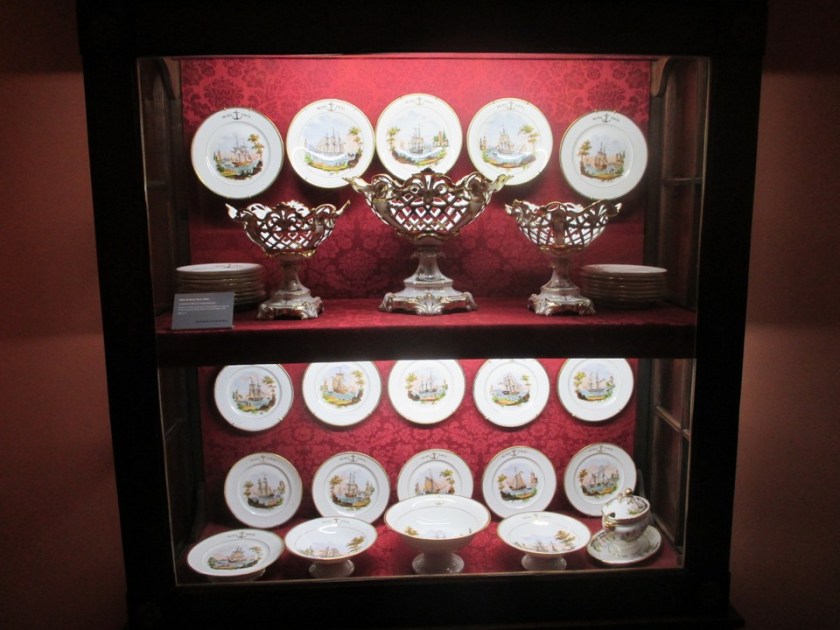
The first artefact of particular note is this rather fine porcelain dinner service which was made for a dinner marking the re-opening of the Museum in 1853 and attended by Queen Isabel II. I would be frightened to eat off it in case my knife scratched the plate!
There are a large amount of paintings in the Museum and I have picked a couple here depicting earlier scenes in Spanish maritime history.
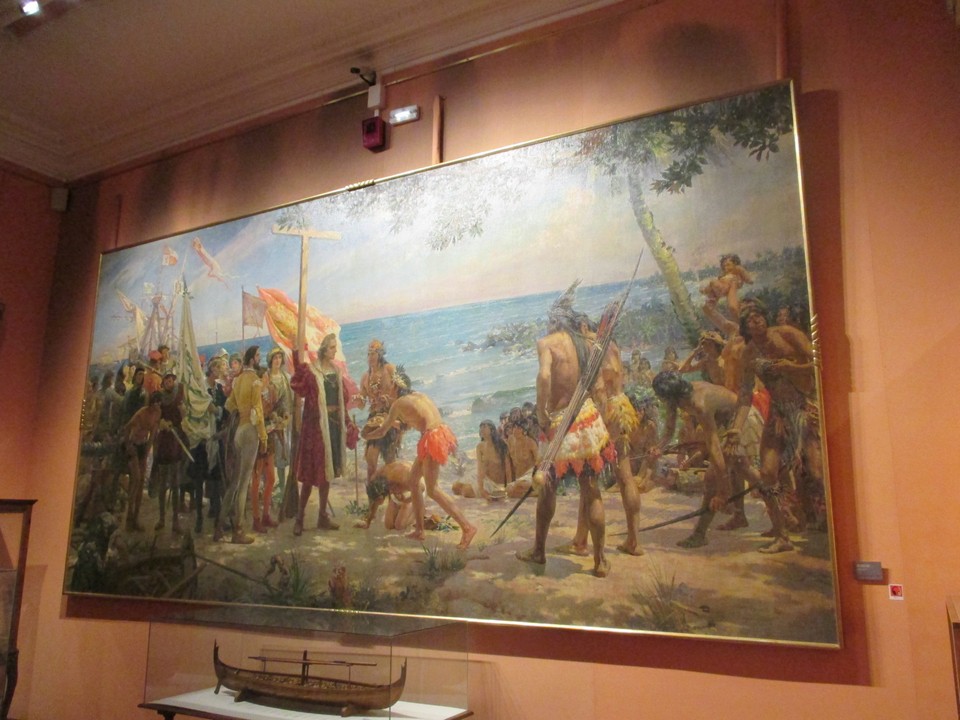
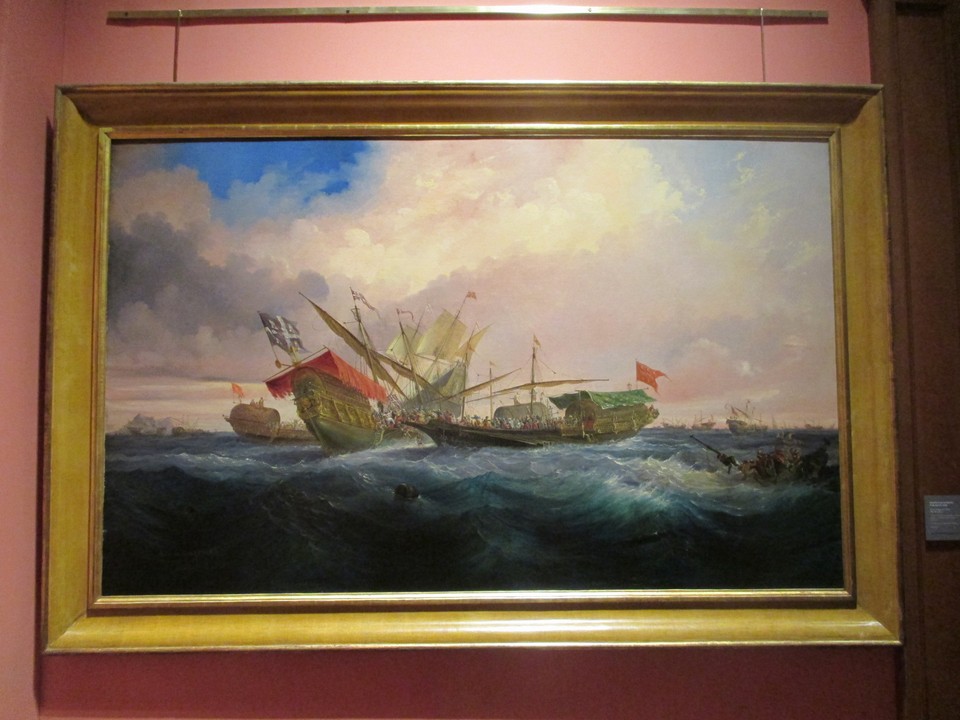
The picture on the left depicts the first homage to Colón on 12th October, 1492. You may well be asking who Colón is but the date may give you a clue and you may know him better as Christopher Columbus. In Spanish (the nation he was sailing on behalf of) he is known as Cristóbal Colón and just to totally confuse the issue that was not even his birth name which was Cristoforo Colombo and he was actually an Italian. The painting dates to 1892 and is the work of José Garnalo Alda.
The painting on the right is earlier in both subject matter and execution. It depicts a naval battle off Gibraltar between the forces of King Afonso IV of Portugal and King Alfonso XI of Castile against those of the Moroccan Sultan Abu al-Hasan. It is by Antonio Brugada Vila and dates to 1852.
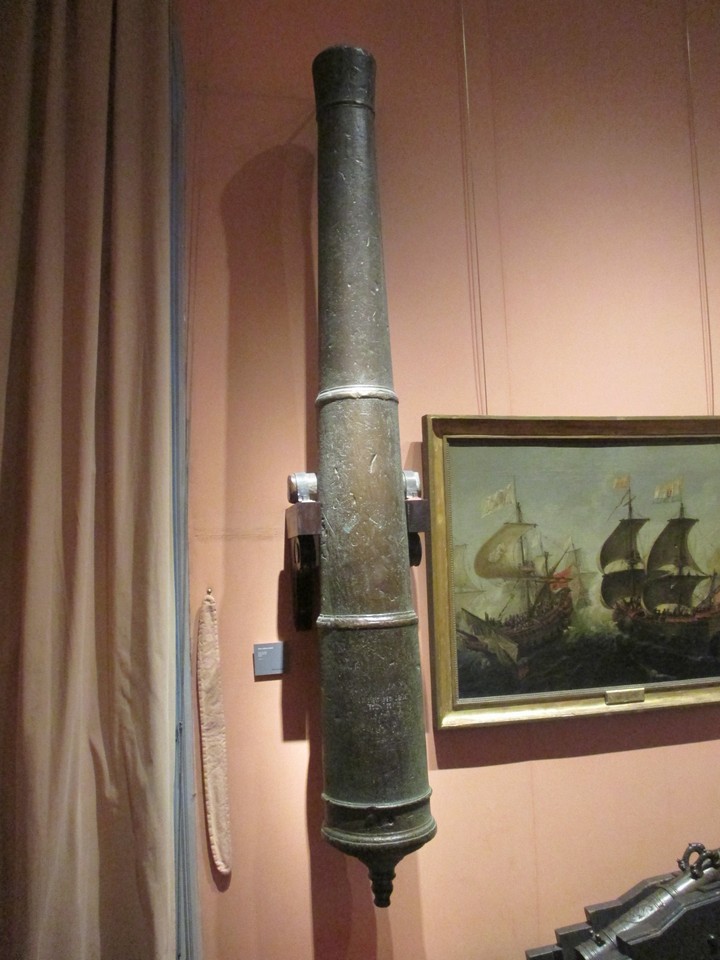
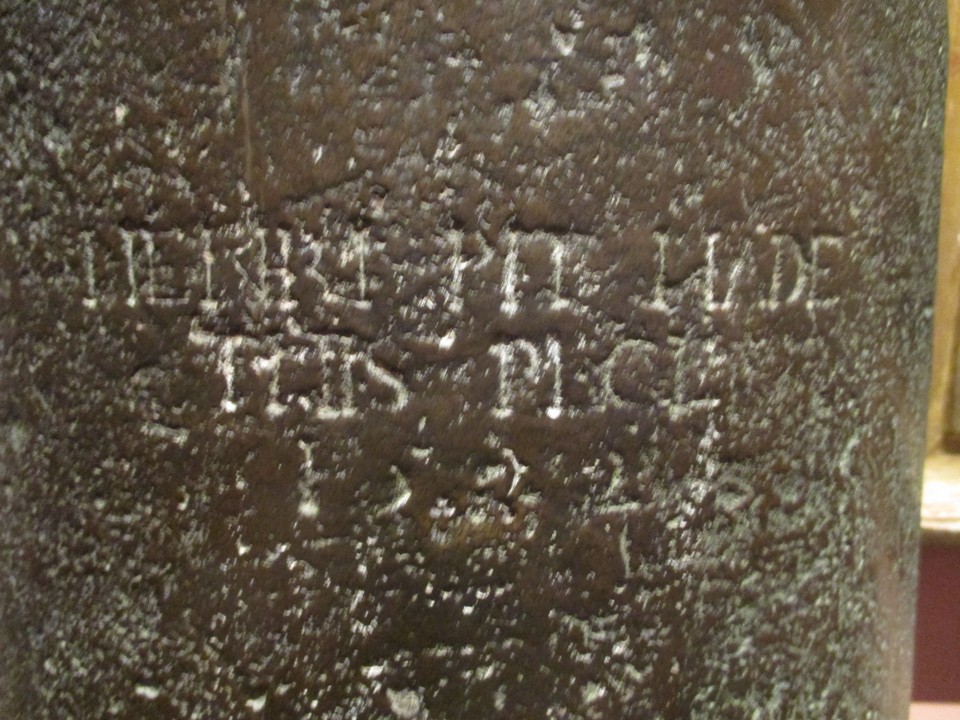
This rather splendid piece of artillery is a 105 mm. bronze culverin manufactured by Henry Pitt in England in 1592.
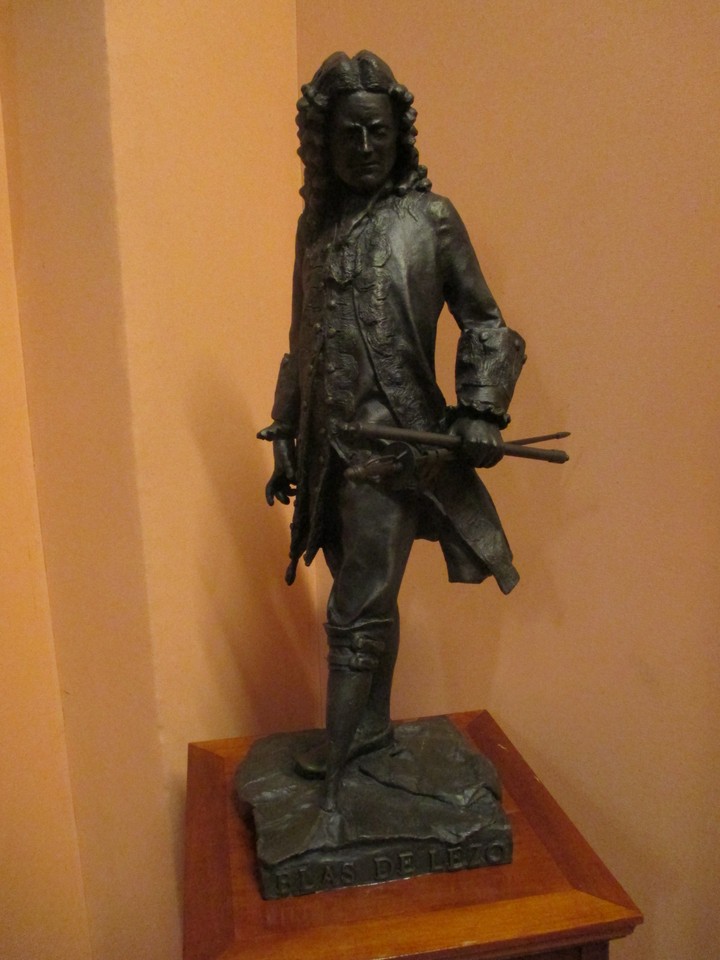

This charming statuette is of a great Spanish naval hero who, like the great British naval hero Nelson, had an unfortunate habit of losing portions of his anatomy as you can see by the prosthetic leg. The image on the right is one of his uniforms, specially tailored for the prosthetic. Despite his numerous injuries he is regarded as being one of the greatest ever naval strategists.
He was born in the Basque region which straddles the Franco – Spanish border and, although Spanish by birth, he enlisted as a midshipman in the French navy at the age of 12. By the time he was 15 he had seen action in the War of Spanish Succession which was fought by France / Spain and Britain / Netherlands. It was in this conflict that he lost his left leg.
In 1707, aged 18, he lost his left eye defending the French naval base at Toulon. By the time he was 25 he had lost the use of his right arm in the Siege of Barcelona. How he ever kept serving is a mystery to me, did he not think he had scrificed enough? Serve on he did and very ably too.
After a posting to the Pacific, de Lezo returned to Europe in 1730 to take command of the Meditteranean fleet. In 1732 the took a fleet of 300 ships and 28,000 men to North Africa to regain territory lost to the Ottoman (Turkish) Empire in 1708 which he did.
In 1734 he was promoted to Lieutenant General of the Navy and posted back to the Americas to command the fleet based at Cartagena de Indias, in modern-day Colombia. Shortly after assuming command he was embroiled in possibly the best named conflict ever, the War of Jenkins Ear if you can believe that.
It was fought between Spain and Britain all over the Caribbean and was so named as it was triggered by the captain of a British merchantman having his ear cut off during a boarding by Spanish Coast Guards during a time of peace. There were obviously a lot of other reasons but in those days any excuse was good enough for a war between Britain and Spain.
de Lezo’s opponent was the British Admiral Vernon, himself no mean sailor and it is time for my first digression of this post as you know I cannot resist them. I do not know if you have heard the expression “grog” to refer to alcoholic drink as it is predominantly a naval term although it has entered more common parlance. I even sing an old folk song called “All for my grog”. Vernon had introduced the practice of issuing watered down rum to his crews and was in the habit of wearing coats made of grogram cloth which earned him the nickname “Old Grog”. You can guess the rest.
Vernon had made a couple of reconnaissance voyages to Cartagena de Indias before launching his full-scale attack on March 13th 1741. When I say full-scale I am not joking as he had a force of 196 ships, including no less than 2,620 artillery pieces. There were 10,000 soldiers, 12,600 sailors, 1,000 Jamaican slaves and 4000 recruits from Virginia. The Spanish had no more than 6,000 men to defend their fortress which protected the main shipping centre for all the plundered South American gold and which made it such an attractive target.
Despite the disparity in numbers the defenders were able to defend the fortress despite some losses at lesser defences, mostly due to de Lezo’s able leadership which is not bad work on land for a naval man. Sadly he did not live to enjoy his victory long as he died of typhoid four weeks after the British lifted the siege. Remarkably, for such an important man there is no record of where he is buried.

This fine looking piece is a binnacle (not a barnacle, that is a completely different thing!) but a binnacle, which is a housing for a compass, a relatively fragile insrument, on board a ship. This particular one is 19th century and is by the Dollond company which was set up by Peter Dollond in the mid 18th century and which continues to this day as the chain of opticians known as Dollond and Aitchison.
Peter Dollond was born in London in 1731 and as he got older he developed a love for optics from his father John who was a Hugenot (French Protestant) refugee who lived in Spitalfields, near where I live. Like most Hugenots they were silk weavers but Peter decided to start an optics business and was soon joined by his Father. He invented the triple achromatic lens, whatever that might be. It must be good as it is used to this day.
Dollond also made significant improvements in various optical devices, especially telescopes and both Admiral Lord Nelson and Captain James Cook, who used to live just across the road from me, carried his instruments. I should have lived here a couple of hundred years ago, you never know who I might have met.

The next item I have chosen to show you might not look like much of a map but that it is what it is and not just any old map but a very significant old map. I know it is difficult to work out but it is the first map of Europe to show the Americas. The cartographer was one Juan de la Cosa and it is dated 1500 which makes it a mere eight years after Columbus, Colón or whatever his name was, “discovered” America.
The 1492 voyage was certainly taught when I was at school and probably still is even though incontrovertible archaeological evidence proves that the first Europeans in the Americas were the Vikings some half a millenium before the Spaniards arrived.
I am beginning to feel a little like the Curator of the Museum now taking you on a guided tour and pointing out my favourite pieces which is a bit odd but I suppose that is what a travel blog is and here is my next “pick”.
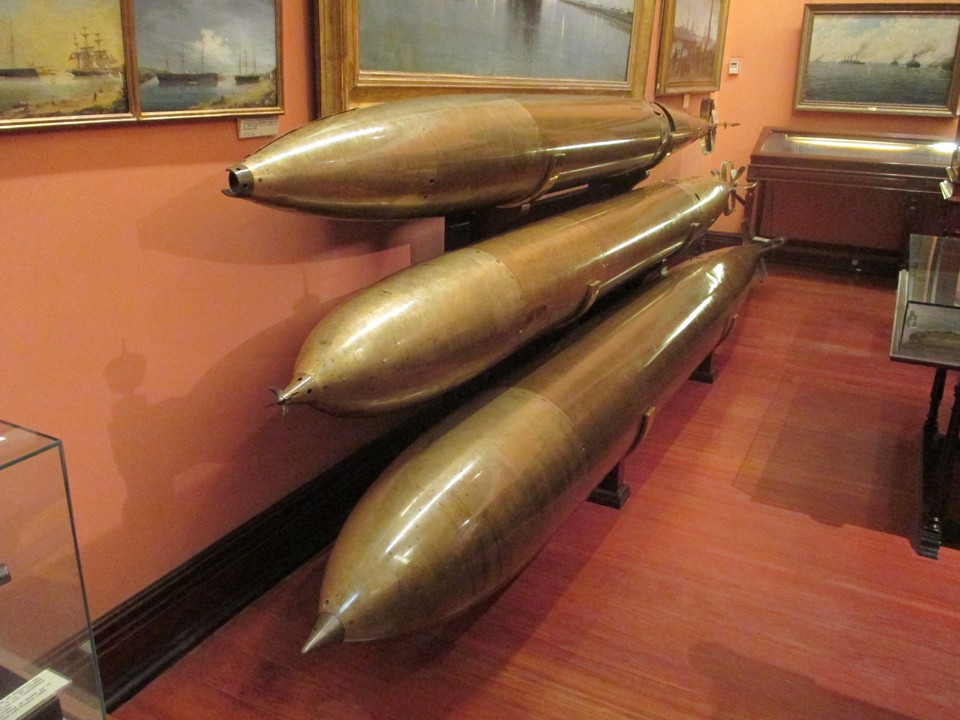
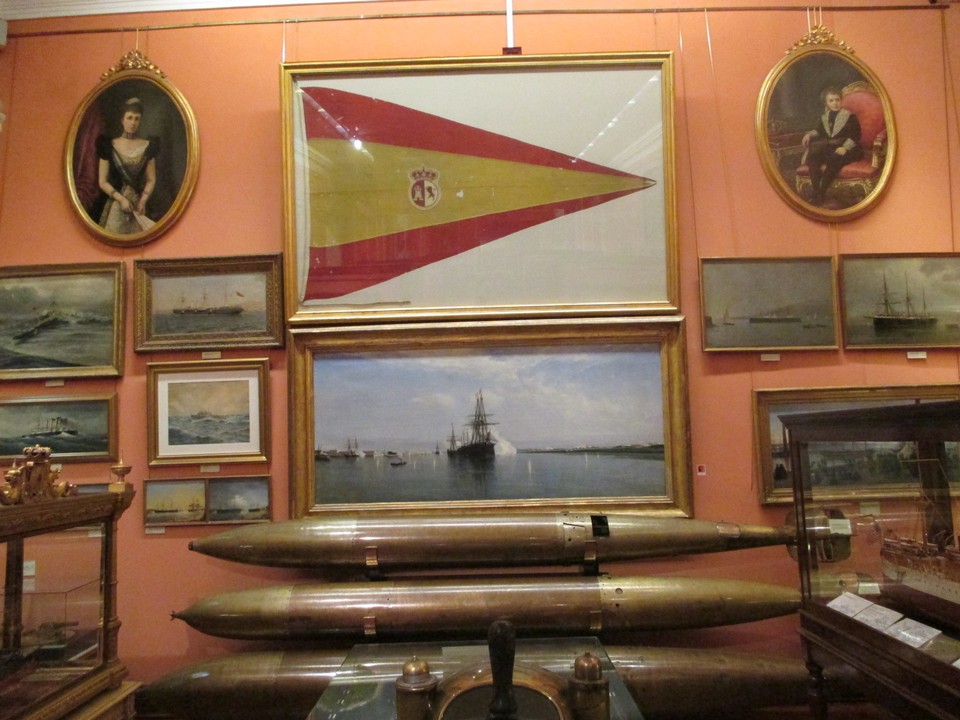
I knew that torpedoes had been used to deadly effect in the First World War but I had never really thought about the origins of the weapon. These deadly but undeniably beautiful bronze pieces date to 1896 and were constructed by the Schwartzkopff Company in Berlin. If you want the tech. spec. they are Model B-90 DE, 450 mm. calibre with an effective range of 800 metres.
Of course, there is a great story attached to the Schwartzkopff torpedo. The rough idea of the torpedo was the brainchild of an Austro – Hungarian naval officer called Giovanni Lupis but his prototypes were largely unsuccessful. In 1864 in the town of Fiume (modern day Rjeka, Croatia) he was introduced to Robert Whitehead, an English engineer running a nearby factory.
Whitehead took the idea and refined it considerably to produce the first true torpedo in his factory. Unsurprisingly it became known as the Whitehead Torpedo. Whitehead bought all the rights off Luppis but initially there were not enough orders and the factory he worked for went bankrupt in 1873. He bought it in 1875 and renamed it “Torpedo-Fabrik von Robert Whitehead” later renamed Whitehead & Co. The torpedoes became very popular and were soon in service with navies all over the world.
In the mid 1880’s the Whitehead factory was visited by one Louis Victor Robert Schwartzkopff, head of the Berliner Maschinenbau AG company which was mostly known for producing locomotives. On the night before he departed from Rjeka there was a burglary in the drawing room of Whitehead’s factory and, although Whitehead absolved Schwartzkopff of any responsibiility, BMAG strangely unveiled a torpedo, remarkably similar to the Whitehead. It even included several “secret” features. Nice piece of industrial espionage, I think and perhaps these exhibits should be re-labelled Whitehead / Schwarzkopff torpedoes.
The Whitehead design was hugely successful and was used right up until the Second World War. A Whitehead torpedo sank the German cruiser Blücher off the coast of Norway in 1940. There are very few examples still in existence so this was rather a treat and time now for a digression as we have not had one for a while.
Whitehead married into the Austro – Hungarian royal family and had several children. His son John had a daughter called Agatha who Whitehead left his considerable fortune to in his will. Agatha married Georg Ritter von Trapp, an Austro – Hungarian naval officer. She had seven children, all excellent singers, who appeared in public as the Trapp Family Singers. Sadly, Agatha died in 1922, Georg remarried and had three further children, also gifted vocalists. Have you worked it out yet? Yes, that’s right, the family was the inspiration for the musical and film “The Sound of Music”.
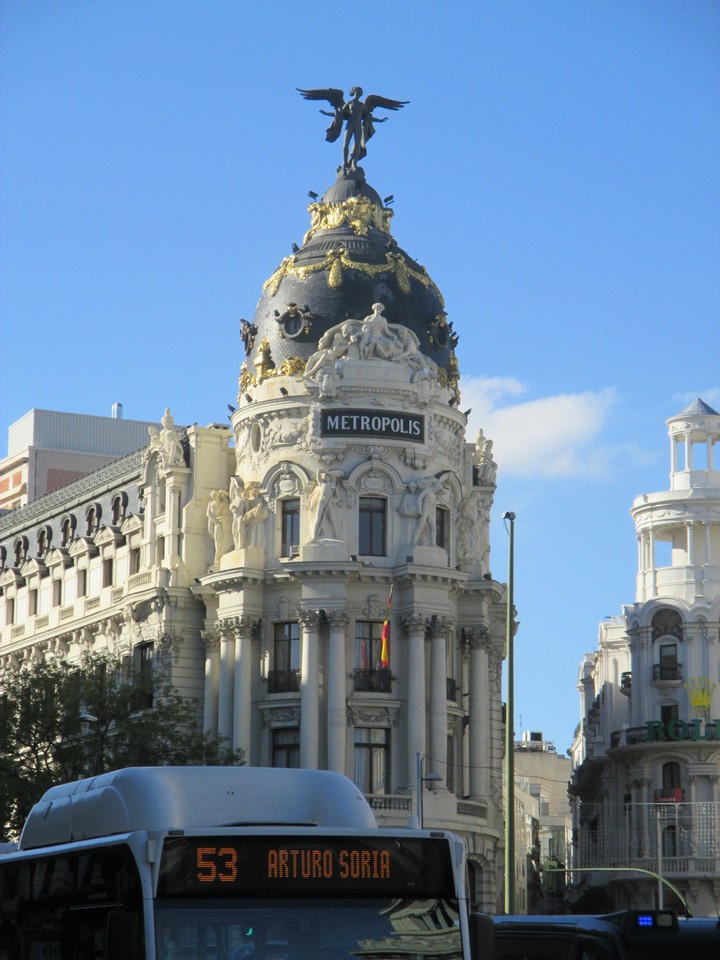
Digression over as is Curator Fergy’s personal guided tour, hope you enjoyed it. Back then into the crisp, beautifully sunny November morning which really was a joy to walk in and so walk I did. I headed back towards the centre of town, not sure what I might discover but completely certain I would find something and I did not have far to walk before I did. You can see it in the image above.
I had no idea what this building was or it’s significance and I just took the image because I loved the look of the architecture of which more in a moment. This is the Edificio Metrópolis which stands near the junction of the Gran Via and the Calle de Alcalá which seems to feature in every post I write about in Madrid. I suppose this is inevitable as it is about 11 km. long so you are almost bound to hit it sooner or later. It is said to be the longest street in Spain.
The Metropolis building story starts in 1905 when an insurance company called La Unión y el Fénix bought the land here. I didn’t even need a translation tool to work out that meant Phoenix Insurance or whatever and I was right. I am getting good at this! Five houses were demolished and an international competition was announced for the design of a grand building as headquarters for the company.
This competition was won by French brothers Jules and Raymond Février, or should that be Jules et Raymond Février, won with a design in the Beaux Arts style. The what? I had never heard of it before but I have just spent about an hour reading up all about it which partly explains why everything takes me so long to write, I just get waylaid too easily.
The Beaux Arts style is named for the prestigious Academy of the same name in Paris and was a conscious effort by the French in the late 19th century to create a uniquely French architectural style. It is based on French neo-classicism with Gothic and Renaissance influences apparently. Whatever it is I think it is very attractive. Work was begun in 1907 and completed in 1910 with the building being inaugurated in January 1911.
If you look just under the Metropolis sign you will see four statues, the work of Saint Marceaux and L. Lambert and which represent Mining, Agriculture, Industry and Commerce. The gilding on the cupola is 24 carat gold, 30,000 leaves worth of it.
Given who the building was built for you would think the statue topping the building might be a phoenix like the famous Liver birds on the Liver building in Liverpool and that was indeed originally the case. The Edificio was taken over by another insurance company in 1972 and, in what I consider to be a very petty move, the original company took the phoenix statue with them. Now, instead of gracing the Madrid skyline as it had done for decades, it languishes in the gardens of the offices of Fenix Directo, appalling. The current incumbent of the rooftop is Victoria Alada, the winged victory. Yippee.

The image above I again took purely for the architecture and the contrast between the styles of the two buildings shown. It was taken not 400 yards from the Metropolis building. The tall building on the left is one of the first skyscrapers in Madrid which was formerly the La Unión and Fénix Español building and is now an upmarket hotel. I say it is a skyscraper although it is only 12 storeys high but it must have seemed huge when it was opened in 1931.
This is prime real estate, a few minutes walk from the Puerto del Sol and the land alone cost two million pesetas (remember them?) when it was purchased in 1928. The statue on top of the building is a matter or some debate regarding the sculptor who is referred to only as “Camps” and nobody can agree on who “camps” might be. This man (or woman) of mystery sounds like a bit of an early 20th century Banksy to me.
The building on the right is the Iglesia de las Calatravas or Church of the Royal Conception of Calatrava if you would prefer it in English. It is part of a former larger convent on the site and which brings us back to the Reconquista which I have learned so much about recently.
If you have not read my earlier posts, I shall give you it very briefly so as not to bore my regular readers. The Muslim Moors of North Africa invaded the Iberian peninsula between 711 – 719 and established a Caliphate. The Reconquista was the centuries long war with the Christians trying to expel the Moors which they eventually did.
In the style of the times, military / religious Orders were formed, similar to the Knights Templar, Hospittaler and Teutonic during the Crusades to the Holy Land. One of the four Orders on the Iberian peninsula was the Order of Calatrava, approved by the Pope in 1164. It was founded by St. Raymond of Fitero in Calatrava in nearby Castille.
Calatrava had been liberated from the Moors in 1147 by Alfonso VII but it proved difficult to hold and even the feared Templars, mentioned above, could not do so. Father Diego Velázquez was a monk at the nearby monastery in Fitero and was a former knight who had taken holy orders but knew about military matters. He recommended using the lay brothers (local men employed working for the monastery but not monks) as a sort of militia and suggested the abbot Francis as Commander.
St. Francis, as he later became, died in 1163 but the Order were very successful in the Reconquista and they survived as a viable entity until being effectively dissolved in 1775 by King Charles III although they continued as a non-military Order until 1931 and the secularization of the country but, after Franco’s victory, they were re-instated as an “honourable and religious noble organization” which exists to this day.
During the Reconquista there was a need to care for the families of those men away fighting and so each Order had a sister organization of females, the Comendadoras who performed this function including education which they became renowned for. Originally the convent for the Calatravans was in Gudalajara but, wanting to be closer to the Court, presumably for reasons of patronage, they moved to Madrid in 1623.
The convent was demolished in the mid-19th century but the Church was retained and even managed to survive the Civil War more or less intact. Sadly, neglect and natural forces meant that the Church was in a sad state of repair by the end of the 20th century although a restoration project was undertaken in the new millennium. It is a shame it was not open as it looks stunning inside. Check out the video on the history page of the linked website for an idea.
The circular window above the door looks like a pretty design (which it is) but it is actually a representation of the emblem of the Order. Officially it is “a red Greek cross in gules with fleur-de-lis at its ends”. I noticed that all by myself, I should have been a detective.
I was going to do this whole day in one post but it appears that as usual my verbosity has got the better of me and I think I shall break here before this gets out of hand – again!
In the next episode I visit a Fascist monument, two museums (one of which will astound you) and then go on an utterly lunatic “walkabout” over half of Northern Madrid in circumstances I cannot really explain.
If you want the full story, stay tuned and spread the word.


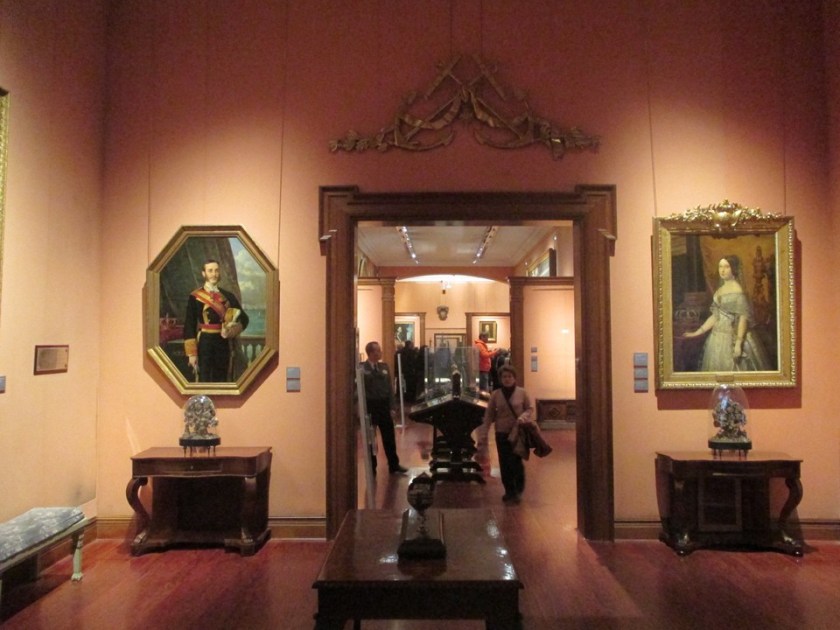
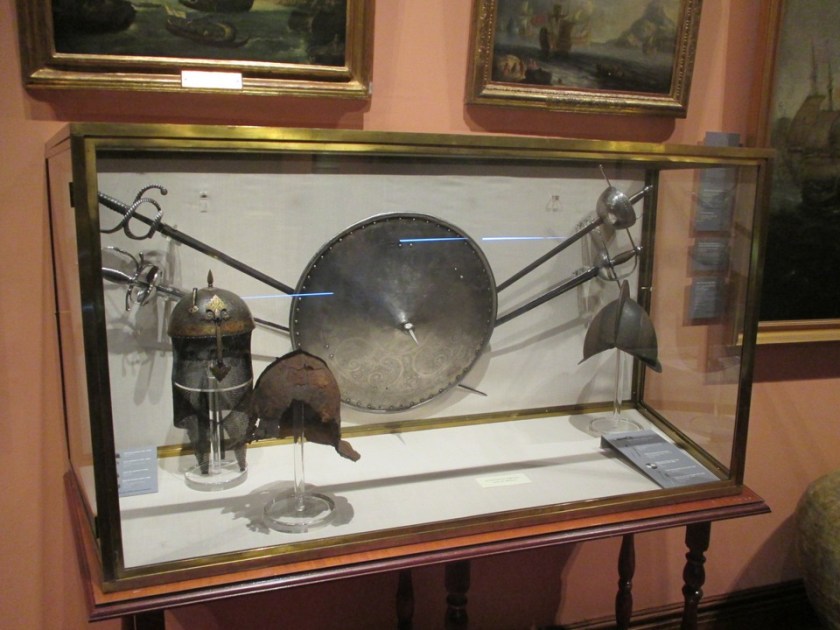
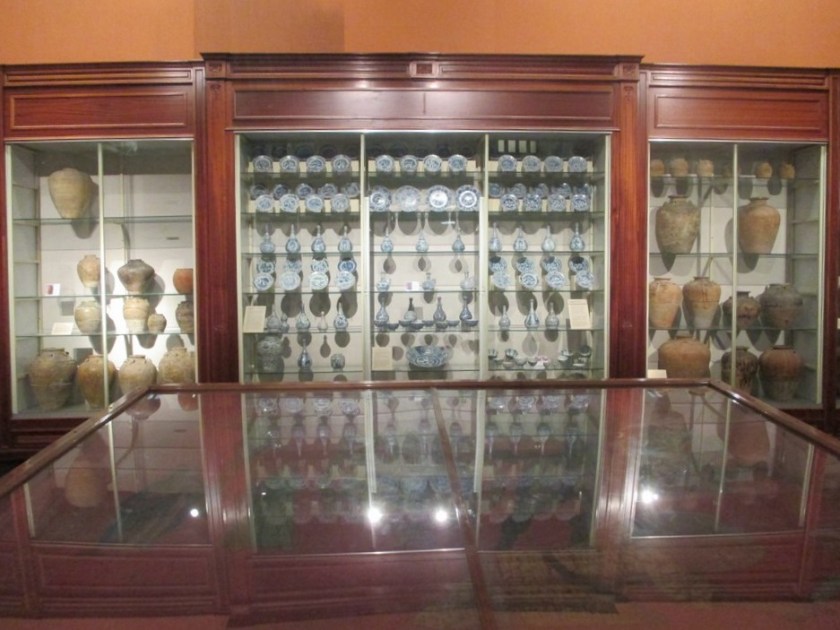
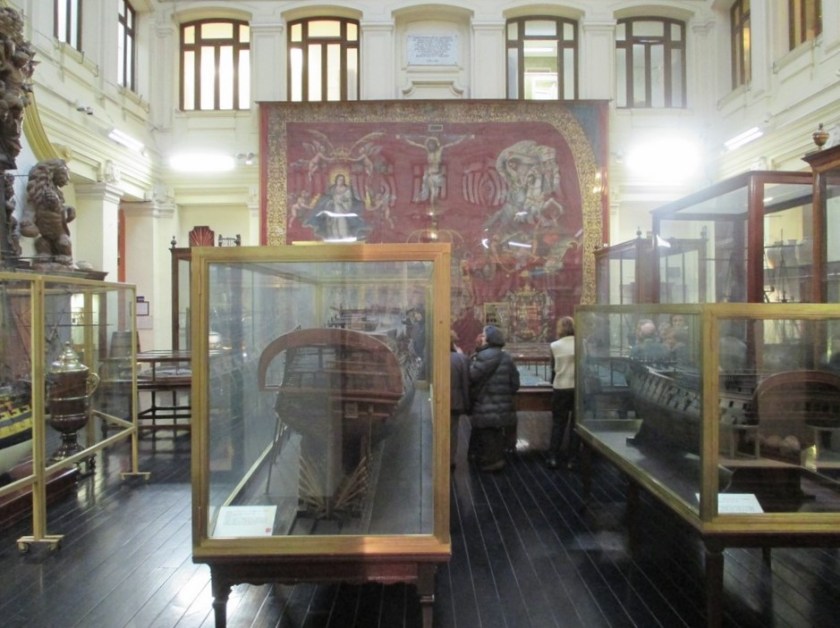
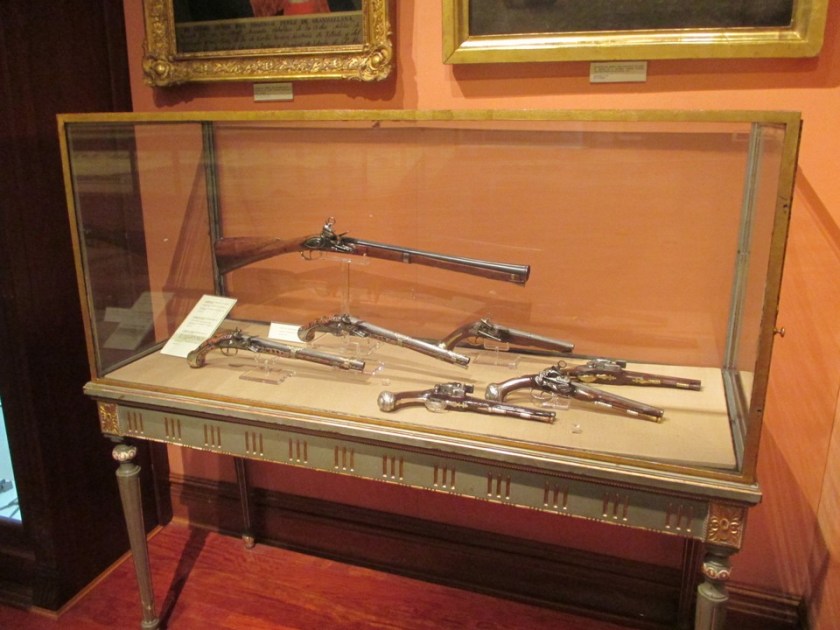

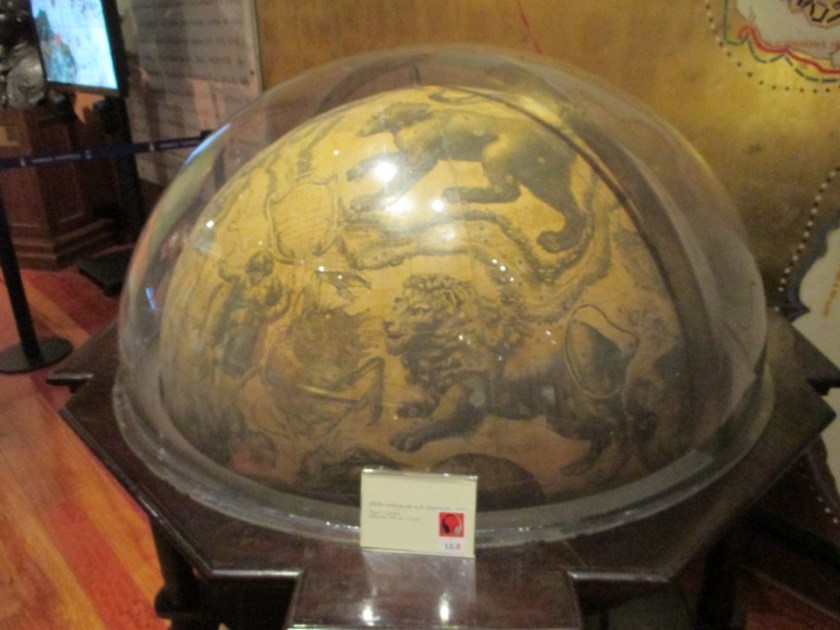


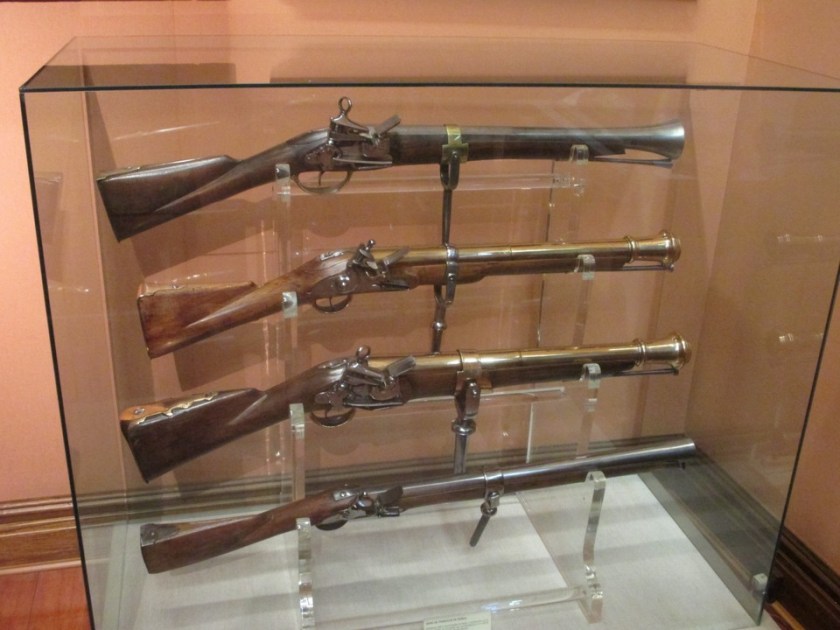
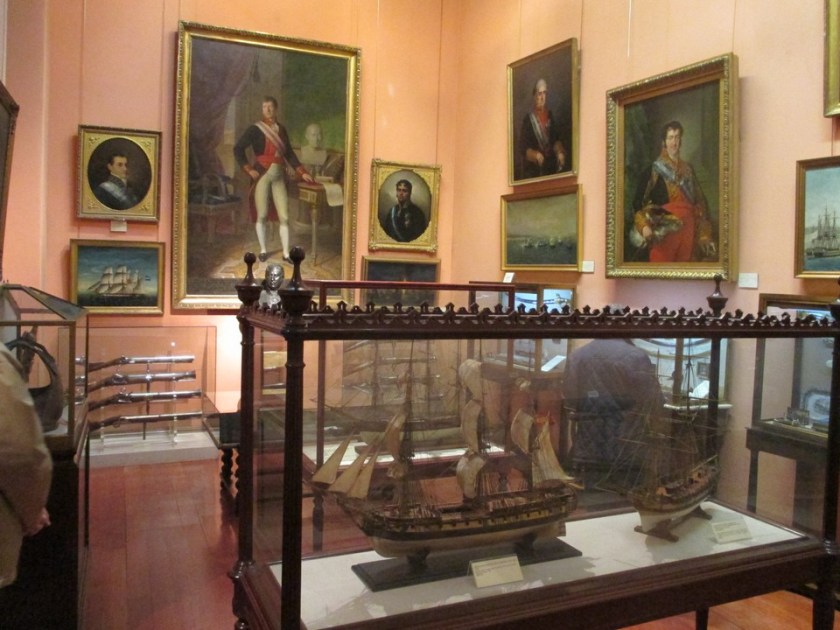
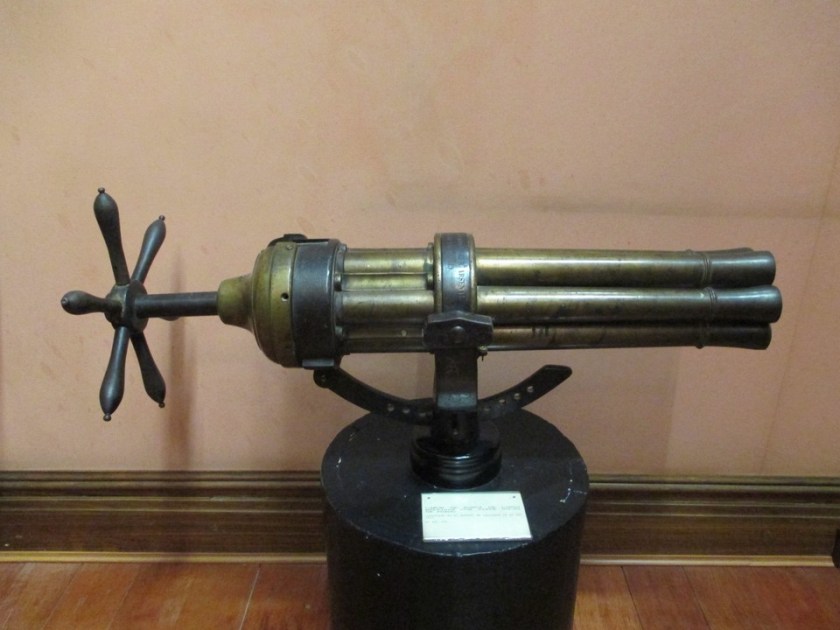
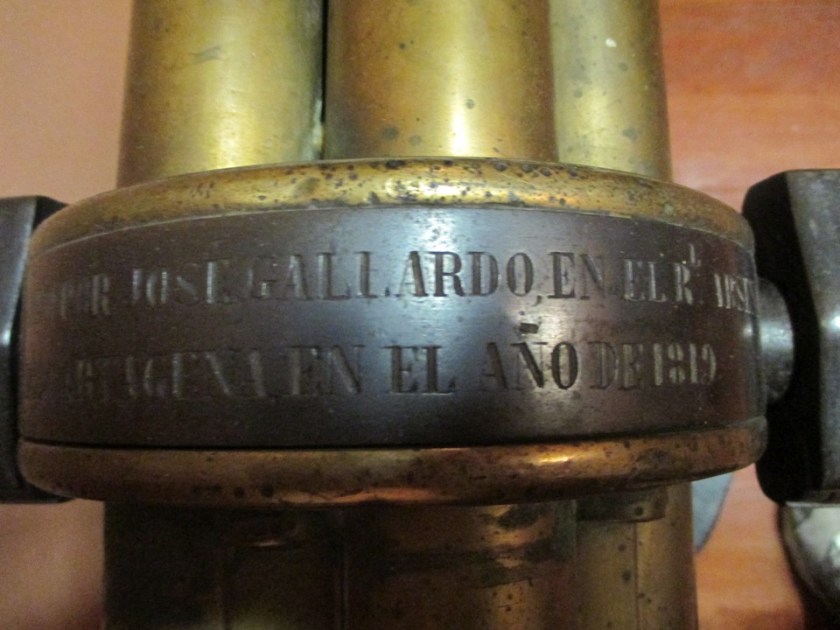

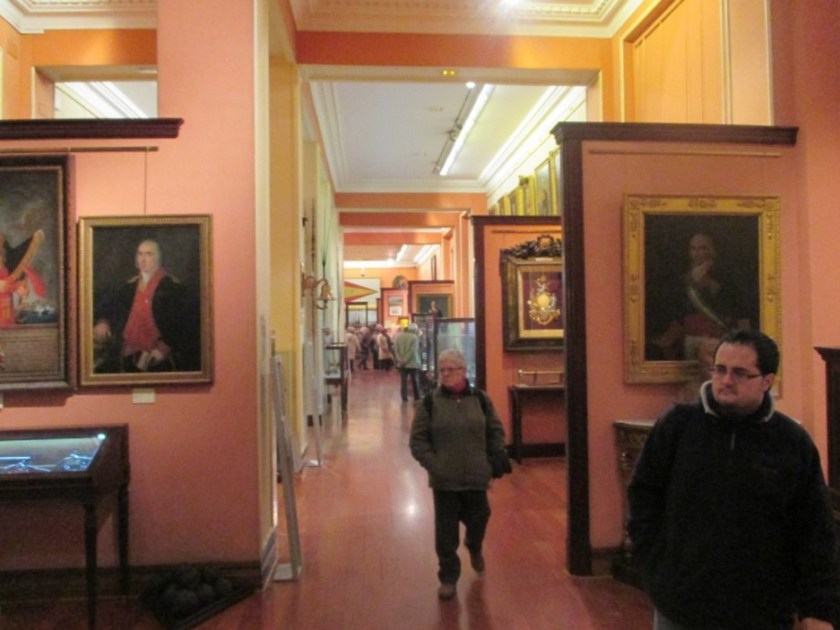
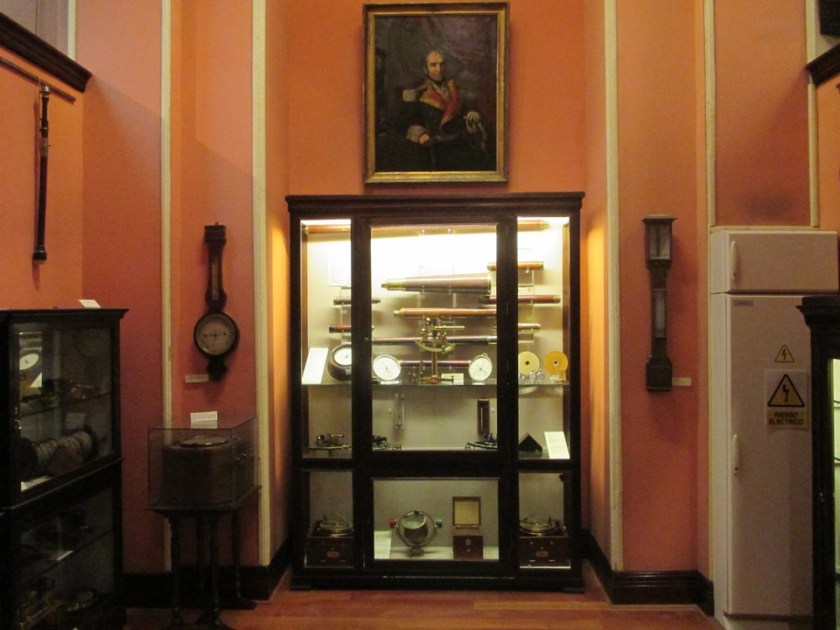
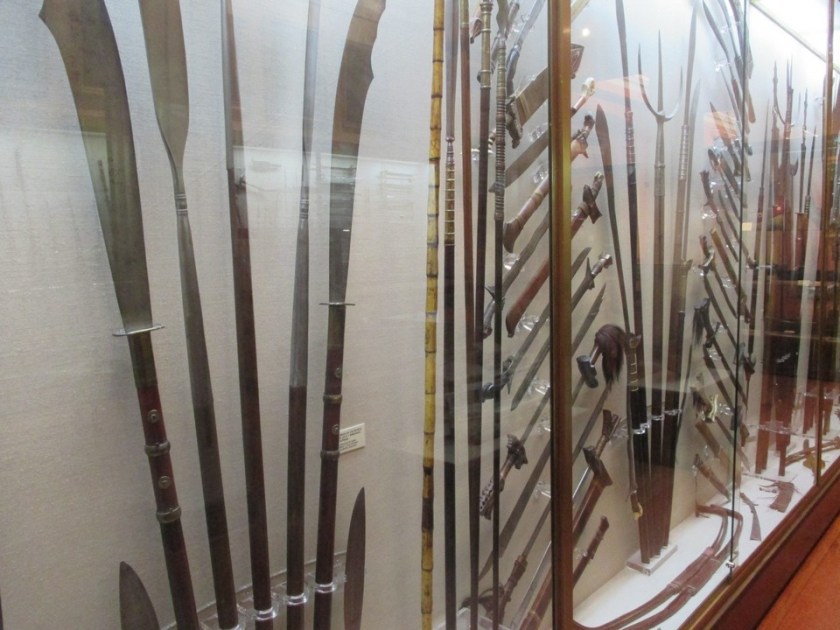

Now I also know what the Edificio Metropolis is … we’ve taken a photo of this statue/monument purely because it caught our eyes … but thanks to your history lesson 😉, we now know what it’s all about.
LikeLiked by 1 person
My absolute favourite thing here has to be the 1500 map – I would love to see that for myself and get a really close look!
LikeLike